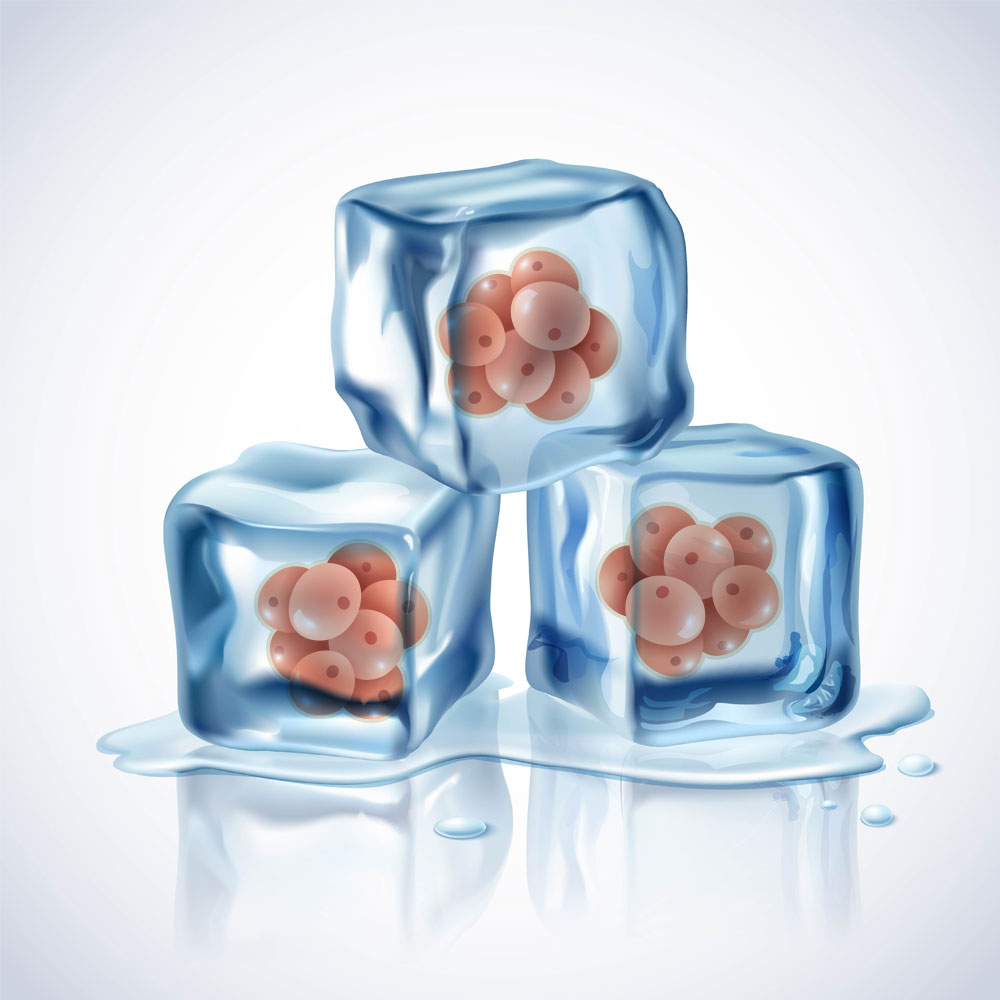| What You Need To Know | |
|---|---|
| Length of Procedure: | 10 minutes |
| Preparation: | Come for the procedure with a full bladder. |
| Anesthesia | Nil |
| Overnight/Day care: | Daycare (approximately 1 hour) |
| Risks/Complications of Surgery: | Nil |
| Recovery: | Immediate but you will be asked to rest 45 min-1 hour before being discharged. Advised to rest in bed at home that day. |

Isn’t it amazing that we can freeze life for many years and still get a baby after thawing the embryo? That is exactly what we do in the IVF laboratory with extra embryos after IVF or ICSI. These can be used at a later date, and you get a second chance at a baby. With modern freezing methods, high pregnancy rates are achieved. The embryos are stored at -196° Centigrade (196° below the freezing point of water!) in a radiation-proof lead dewar (container). This is almost the coldest natural temperature known to man. This procedure is known as a Frozen Embryo Transfer (FET) whereby the frozen embryo will be placed back in the uterus at the right time of the month.
After ovarian stimulation and egg pick-up, there are often some extra embryos left. If these are healthy-looking, they may be frozen. By freezing these embryos, you have the chance to attempt pregnancy again at a later date.
As the embryos have already been formed, no further injections or operative procedure to remove the eggs is necessary. Note that not all unused embryos are suitable for freezing.
Embryos frozen in liquid nitrogen and managed properly in the laboratory can remain viable for many years. Usually, our Fertility Specialist would advise couples to use their embryos within five years.
If you are interested in knowing more or have decided to get in touch with us, please call us at
Or send us your enquiry